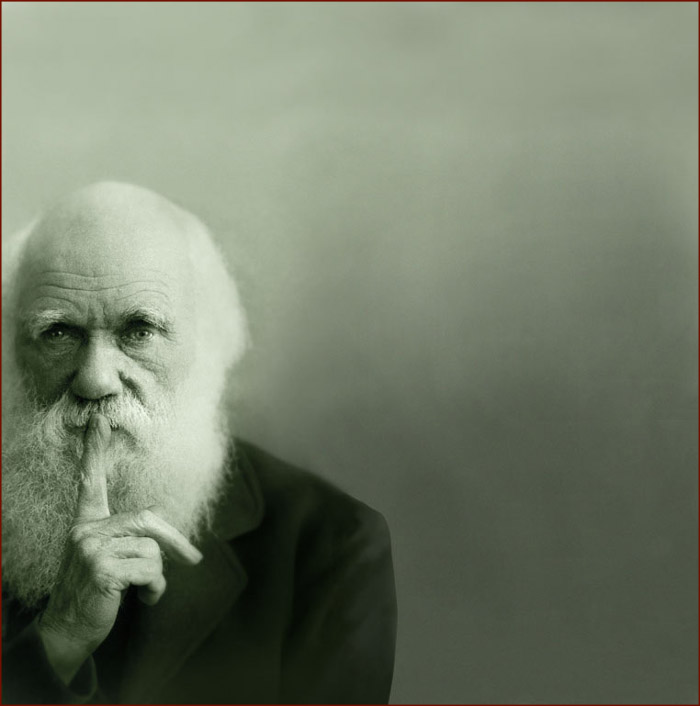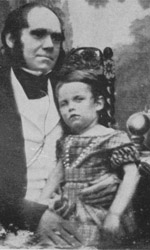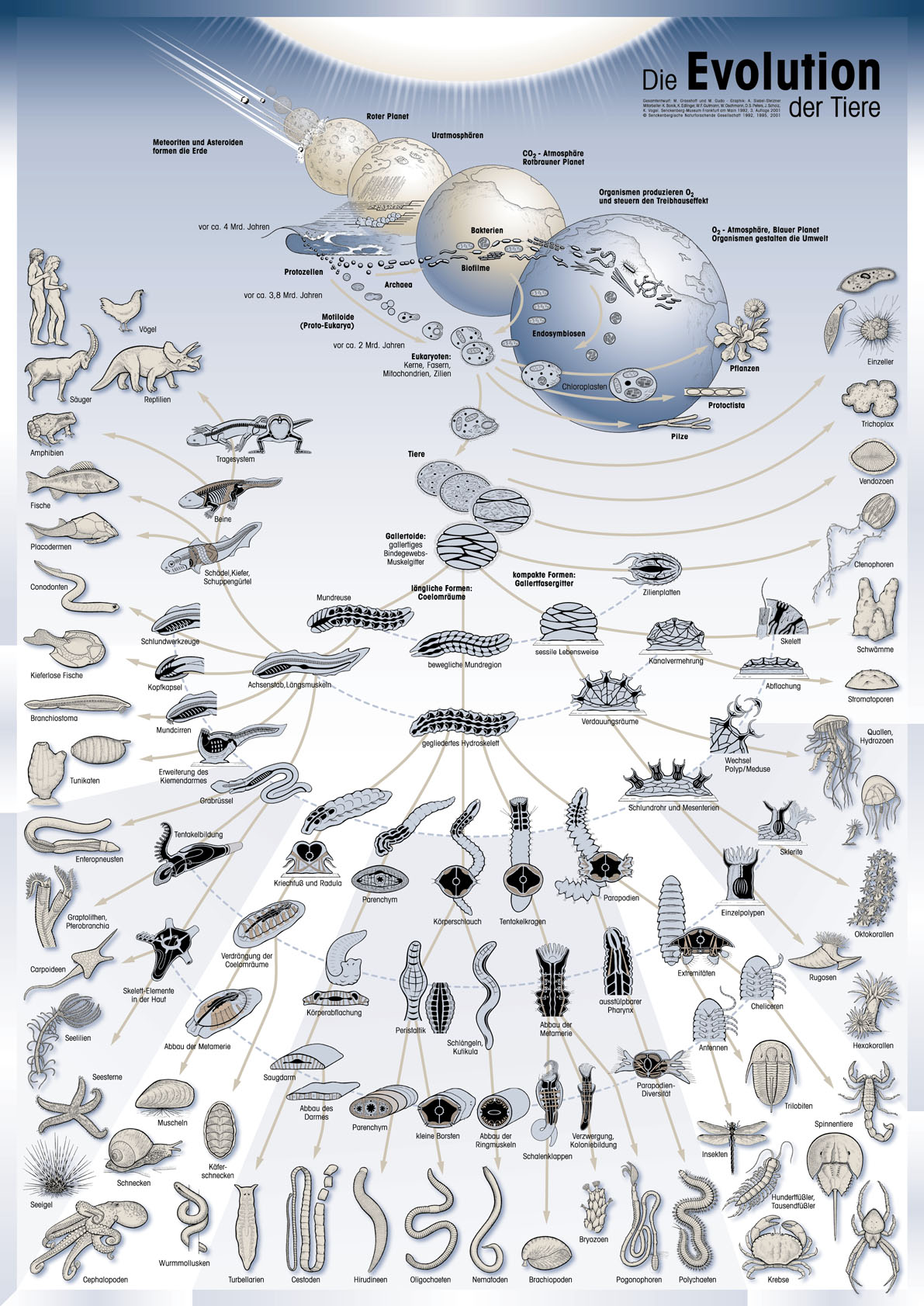
VPRO Beagle report: Charles Darwin had the long pointer finger!


- ![]() DUTCH VERSION OF THIS ARTICLE -
DUTCH VERSION OF THIS ARTICLE -
DECEMBER 9, 2009
VPRO BEAGLE REPORT:
CHARLES DARWIN HAD THE LONG POINTER FINGER!
On September 1, 2009 the "clipper Stad Amsterdam" left on a trip around the world, in the wake of Charles Darwin (1809-1882). The voyage of the HMS Beagle is also known as the most important journey ever made. During that the famous trip (1831-1836) Darwin gained knowledge and insights that has changed the perception of human kind about the image of life on Earth dramatically.
Darwin's book - On the Origin of Species - became known as the first scientific publication which states that the world was not created in six days (as described in the Bible), but instead: constant evolution occurs. Life on Earth is in development.
The Dutch broadcaster VPRO presents daily reports about thi trip from the "clipper Stad Amsterdam" through the Internet and Television. In the Television episode of November 22 the impact of evolutionary changes in finger length was discussed in the perspective of the character feature 'jealousy'. And the researchers found that Darwin probably had a relatively long pointer finger (a.k.a. the 'forefinger', 'index finger', or '2nd finger' [2D]).


Dirk Draulans' report from the 'Beagle 2009':
In the next episode of the television Beagle - in het kielzog van Darwin - Dutch evolutionary psychology Professor Bram Buunk travels in the footsteps of Darwin. Buunk did research on the theme 'jealousy', e.g. the relationship between: the susceptibility for 'jealousy', and finger length (more specific: the ratio between the length of index fingers and ring fingers).
The Uruguayan capital city, Montevideo, is the location where Charles Darwin on his voyage around the world seated most frequently and has stayed the longest timespan. Despite the fact that there were grounds for practical reasons - such as the need to flee from the Argentine capital city, Buenos Aires, after the HBS Beagle was shot at, or the desire of Captain Fitzroy to one months time to calm his cards work - there are people who believe that Darwin had a 'sweetheart' in Montevideo...!!!?
The 'sweetheart' hypothesis is supported by the fact that in his diary Darwin wrote at no other locations more about the beautiful girls in Montevideo and Buenos Aires. He writes that he and one of his regular companions went to look at girls on the street, where "beautiful buttocks can sometimes hide a disappointment in beauty". In a letter to one of his sisters Darwin writes that British girls best could take Argentine elegant beauty as an example oneas she wanted to come out of the corner. In Montevideo Darwin went to a dance in the theater and an opera.

Image: Charles Darwin's voyage on the HMS Beagle (1831-1836). Darwin's most important observation concerned the striking similarities between the wild animals on the Galapagos Islands and the nearby South American mainland. This broke with the common observation at that times - religious in color - the assumption: that species on the islands should vary clearly from species on the mainland - because they should have been created seperately (by an act of God).
Jealousy in Montevideo
One of the supporters of the 'sweetheart in Montevideo' hypothesis is evolutionary psychology professor Bram Buunk, who has has a permanent position in Montevideo, both academic and private. He leads a study of jealousy: the persistent and negative emotions which so many people suffer from. Jealousy stems from the need to monitor our partners - and to eliminate the disastrous effect of competitors.
Character

Men and women have different reasons for jealousy, Buunk discovered in the seventies. Men are jealous because they do not want their female fertilized by another man - a genetic cuckoo - and for the dissemination of its genes on to run. Women are jealous because they do not want their husband's attention spread over several partners, but exclusively focuses on her and her children.
Bram Buunk and his colleagues have discovered a link between the susceptibility to become jealousy, and the ratio of the length of index and ring fingers. The story is now more or less known: if the index finger is relatively longer than the ring finger, the individual, regardless of sexe, has sort of a 'female character'. Conversely, human males usually have a relatively long ring finger, usually the ring finger is longer than the index finger (while in human females the both fingers often have the same length).
The link could be traced back to an evolutionary coincidence. For, the same chemical cocktail during the embryonic development of the brains in the direction of the correct gender sends, plays a role in cutting the fingers of the hand embryonic plate.
Darwin's pointer finger
The link with jealousy would be that 'female-typical men' react jealeous to typical 'male-typical men', and 'male-typical women' react jealous to typical 'female-typical women' - the theory says that this typical response of jalousy is because they would answer less to the traditional stereotypes of beauty and biological attraction.
During a conversation about Buunk's finger research, we realized that we could apply this theory to Darwin, and sure enough, a few photos, including the one in which he poses with his son William, you can see his hand with a relatively very long forefinger (see: the left photo below the title of this article). Another image (not featured in this article) that was found by a cameraman on the internet, confirms the idea that Charles Darwin had the long forefinger - which makes his a 'female-typical man'.
The conclusion is obvious: Charles Darwin was a man with a strong feminine disposition! That may explain a lot: his gentleness, his highly developed social and diplomatic skills, his easy survival during the cooperation with Fitzroy - who was known to be a 'difficult' man (likely, a man with a long ring finger), his care for his family, and his concern for the consequences of the publication of his 'theory of evolution' on society in general and the welfare of his family in particular.
However... maybe Darwin did not have a 'sweetheart' in Montevideo at all, Bram Buunk suggested at the end of our analysis. Because 'female-typical men' often demonstrate a smaller sexual-drift compared to "real men" (or 'male-typical men'). And maybe Darwin really did travel five years around the world without being involved with women. But we will never know for sure.





Related sources:
John Manning presents: 'The finger book'
Five things your 5 fingers can tell you: evolution, sports, social behavior, disease and sex
A secret your finger length reveals
Talk to the Hand
Handy predictions about your health
Pointing a Finger at Sports Success
Finger length & agression
Fingerlength & sexual preference
What our fingers can tell us
Lichaamslengte, vingerlengte & verschillen tussen mannen en vrouwen
Onderzoek: digit ratio is gerelateerd aan financieel success
VPRO Beagle report: Charles Darwin had the long pointer finger
